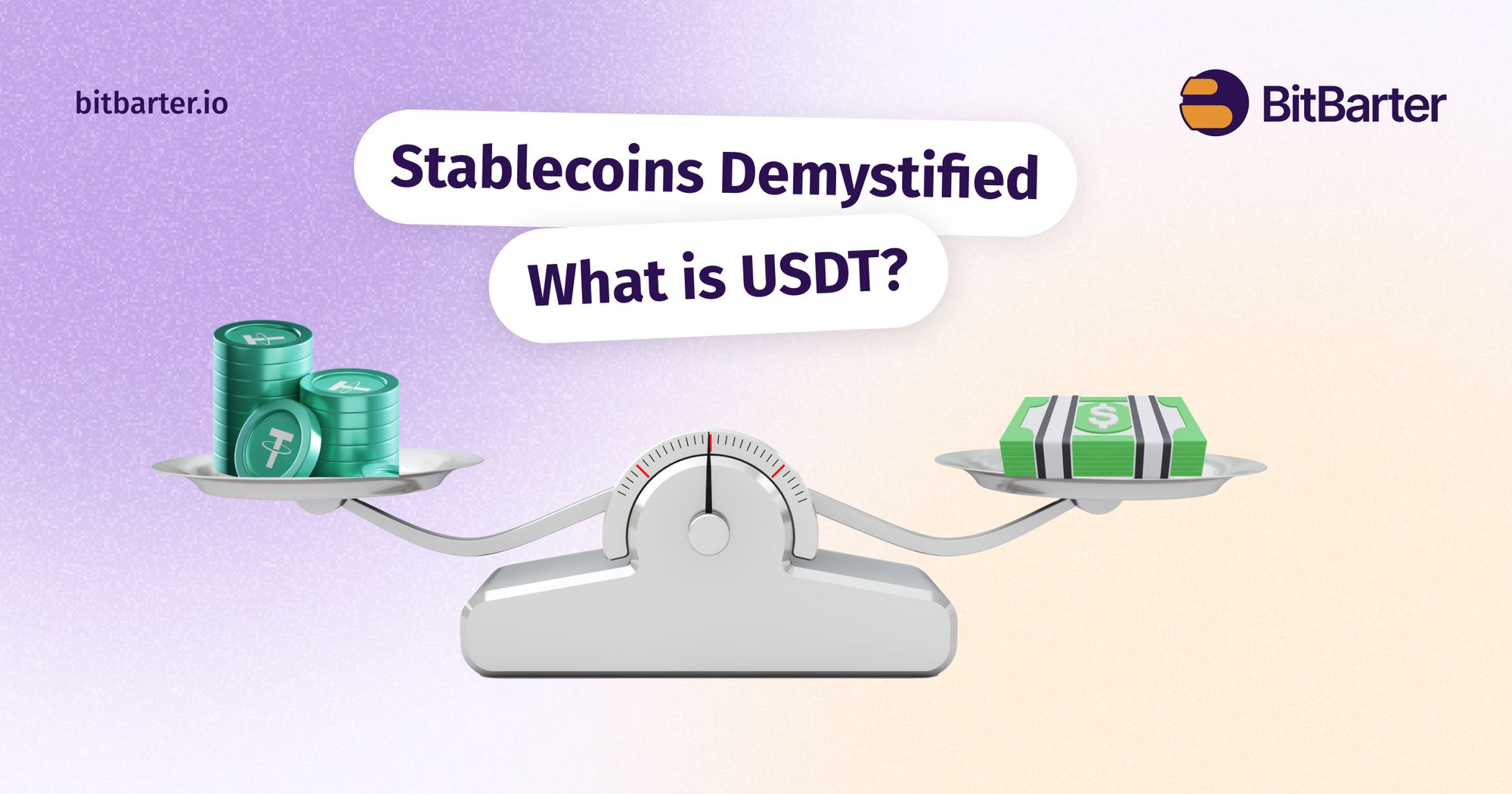Decoding Stablecoins: What Exactly is USDT?

In the rapidly evolving world of cryptocurrencies, stablecoins have emerged as a beacon of stability amidst the often turbulent seas of digital assets. At the forefront stands USDT, commonly known as Tether. Dive in as we demystify the realm of stablecoins and their profound impact on the crypto landscape.
The Evolution from Bretton Woods to Stablecoins
Historically, currencies like the dollar were anchored to tangible assets like gold, ensuring a degree of stability in global economies. Today, the concept of stability is reimagined in the form of stablecoins, digital currencies mirroring traditional assets.
What Exactly Are Stablecoins?
Stablecoins are digital currencies crafted to offer price stability by linking their value to established assets, such as fiat currencies or commodities. They achieve this stability through various mechanisms:
Types of Stablecoins
- Fiat-Collateralized: Pegged to traditional fiat currencies like USD, backed by reserves held by trusted entities. Notable examples include USDT and USDC.
- Crypto-Collateralized: Supported by other cryptocurrencies. Assets like DAI employ Ethereum as collateral.
- Algorithmic: Rely on smart contracts and algorithms to stabilize prices, without external collateral. Frax is a prime example.
- Commodity-Collateralized: Linked to physical assets like gold or oil. Paxos Gold represents gold-backed crypto.
Each stablecoin type offers unique benefits, catering to diverse needs within the crypto ecosystem.
Unraveling Tether (USDT)
Tether, with a staggering market cap exceeding $80 billion, is the poster child of stablecoins. Designed to mirror the US dollar's value, USDT's ubiquity stems from its reliability amidst crypto volatility. It's a cornerstone for traders, businesses, and investors seeking stability.
Why Tether Reigns Supreme:
- Market Dominance: Capturing nearly half of the stablecoin market as of January 2023.
- Liquidity: A highly traded asset, ensuring ease of transactions.
- Utility: Beyond trading, USDT facilitates payments and is a linchpin in decentralized exchanges.
The Nigerian Perspective: USDT's Role in Africa
In Nigeria, USDT's adoption is transformative. As a dollar-pegged asset, it offers respite from the volatile local currency, fostering:
- Financial Inclusion: Bridging gaps in accessing financial services.
- Cost Efficiency: Minimizing transactional expenses.
- Investment Opportunities: Enabling global investments with ease.
From online traders to merchants and investors, USDT is reshaping financial transactions across Nigeria.
The Way Forward: Harnessing Stablecoins for Growth
As Africa's crypto adoption burgeons, stablecoins like USDT promise:
- Increased Financial Accessibility: Paving avenues for the unbanked.
- Lower Transactional Barriers: Streamlining cross-border payments.
- Enhanced Investment Prospects: Amplifying avenues for wealth generation.
Conclusion
Stablecoins, epitomized by USDT, are more than mere digital currencies; they represent a paradigm shift in how we perceive and utilize money in the digital age. Navigate the crypto realm with confidence, using stablecoins as your anchor. Start trading USDT on BitBarter today.